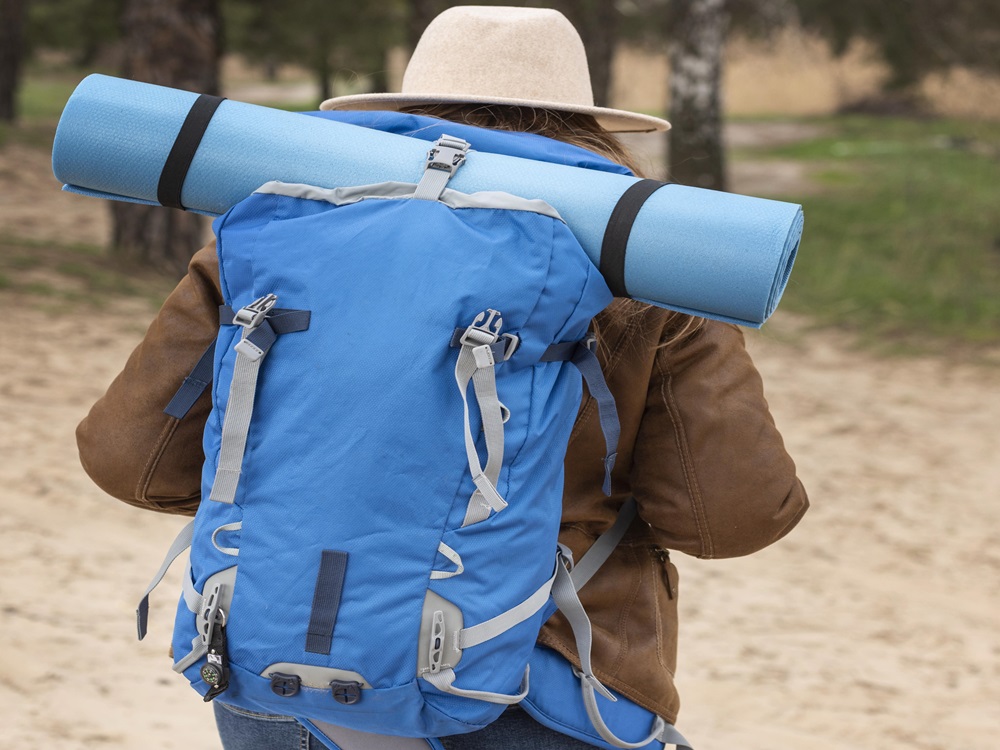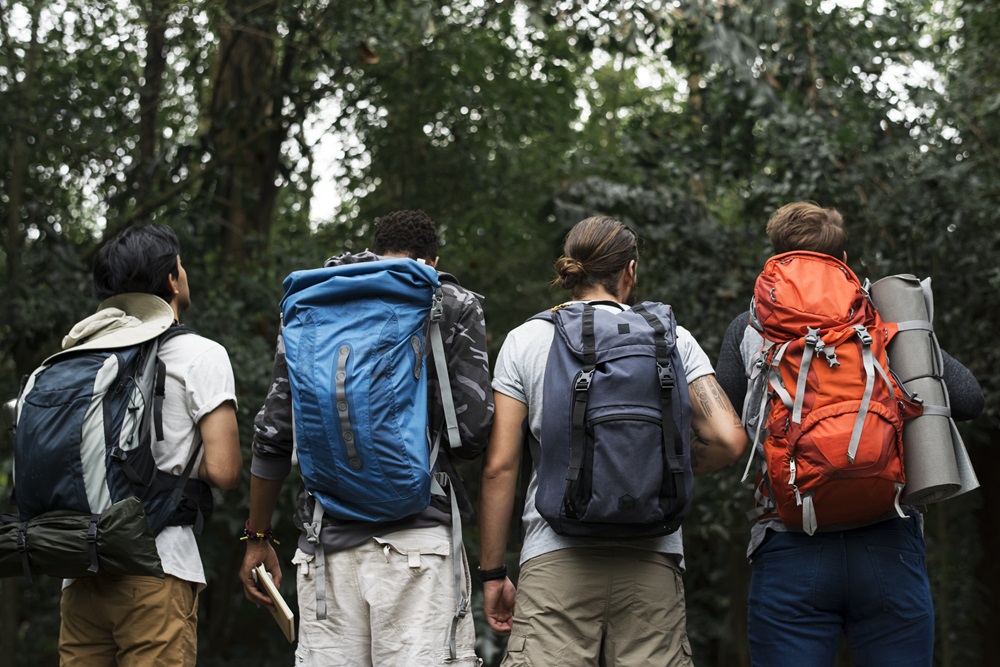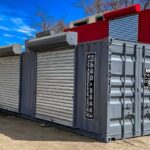Are you confused about what size daypack you actually need? We’ve all been there – standing in front of a wall of Daypacks at the outdoor store, wondering which one will work best.
Too small and you’ll leave essentials behind. Too large and you’ll be lugging unnecessary weight.
Why Daypack Size Matters
The perfect daypack balances capacity with comfort. A properly sized pack makes your adventure more enjoyable by distributing weight evenly and providing space for exactly what you need – nothing more, nothing less.
Your daypack requirements change dramatically based on your activity. A short nature walk demands far less capacity than a full-day mountain hike with unpredictable weather. Let’s break down how to match your pack to your adventure.
Understanding Daypack Capacity Measurements
Before diving into specific recommendations, you need to understand how daypacks are measured.
Most manufacturers list capacity in liters (L), representing the volume of the main compartment plus any additional pockets. This measurement gives you a standardized way to compare different packs.
| Capacity Range | Typical Use Cases | Best For |
| 10-20L | Short hikes, bike rides, running errands | Minimalist packers, warm weather, urban settings |
| 20-30L | Day hikes, commuting, air travel | Most day adventures, versatile use |
| 30-40L | Extended day trips, winter hiking, parents | Gear-intensive activities, carrying for multiple people |
Remember: Just because a pack can hold more doesn’t mean you should fill it completely. Extra space often leads to carrying unnecessary items.
Matching Pack Size to Activity Type
Hiking and Trail Running (15-25L)
For most day hikes on established trails in good weather, a 15-20L pack provides plenty of room for essentials: water, snacks, first aid kit, light jacket, and a map.
Add 5-10L if you’re:
- Hiking in changeable weather conditions
- Bringing camera equipment
- Packing for colder temperatures
- Carrying supplies for children or pets
Your comfort on the trail depends not just on pack size but on how well it fits your body. A properly fitted 20L pack feels better than an ill-fitting 15L version.
Urban Exploration and Travel (15-25L)
City adventures and travel days call for a streamlined pack that’s secure and easy to maneuver in crowded spaces. Look for:
- External water bottle pockets (to avoid digging through your bag)
- Anti-theft features like hidden zippers
- Padded laptop sleeve if you’re bringing electronics
Travel tip: A 20L pack that complies with airline personal item restrictions can save you from checking bags or paying for carry-ons on budget airlines.
Photography Adventures (25-35L)
When your main goal is capturing amazing images, you need additional space for gear protection. Photography-focused daypacks often feature:
- Customizable dividers
- Quick side access to camera body
- Weather-resistant materials
- Space for a small tripod

Winter Activities (30-40L)
Cold weather adventures require larger packs to accommodate bulkier clothing, extra layers, and sometimes specialized equipment. You might need space for:
- Insulated water containers (to prevent freezing)
- Extra gloves and hat
- Heavier food options for sustained energy
- Emergency shelter
Beyond Volume: Other Sizing Considerations
The perfect daypack isn’t just about capacity. Pay attention to:
Torso length: Most quality packs come in different sizes or have adjustable suspension systems. Your pack should match your torso measurement for proper weight distribution.
Hip belt design: For packs over 20L, a padded hip belt transfers weight to your lower body, reducing shoulder strain during longer adventures.
Back panel: Ventilated designs create airflow between the pack and your back, reducing sweat buildup on warmer days.
The Final Test: Pack It and Try It
The true test of any daypack is how it feels when loaded with your typical gear. Before committing:
- Fill the pack with items you’d normally carry
- Wear it for at least 15 minutes
- Adjust the straps for optimal fit
- Check for pressure points or discomfort











